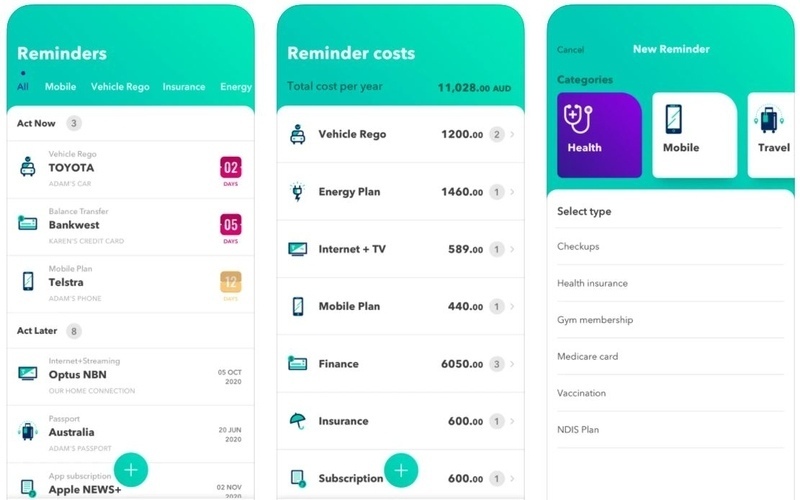The latest inflation figures from the Australian Bureau of Statistics (ABS) fell short of the market consensus of a 0.9% rise to start the year.
Head of Prices Statistics at the ABS Michelle Marquardt said the 8.7% rise in automotive fuel prices accounted for much of the increase.
"Higher fuel prices, compared with the low prices seen in 2020, accounted for much of the rise in the March quarter CPI," Ms Marqaurdt said.
Accessories also notably saw a 7.3% increase, reflecting high consumer confidence through demand for discretionary items like jewellery.
Other increases were seen in medical and hospital services (1.5%) and pharmaceutical products (5.3%) due to the resetting of the Medicare and Pharmaceutica Benefits Scheme Safety Nets.
Ms Marquadt said the introduction, continuation, and conclusion of a number of government schemes was a factor in price falls for new dwellings (-0.1%).
"The fall in new dwelling prices was due to the impact of the Federal Government's HomeBuilder grant and similar grants by the Western Australian and Tasmanian state governments," she said.
"Without the offset from these grants, the price of new dwellings would have risen, reflecting increases in materials and labour prices in response to strong demand."
She added tertiary education also saw a decrease (-1.7%) due to the Federal Government's Job-ready Graduates Package.
"While, on average, the costs for commencing students increased, those for continuing students fell mainly due to the grandfathering arrangements included in the package."
Price rises in tobacco and furnishings were partially offset by falls in rents, automotive fuel and utilities.
The trimmed mean, a measure of underlying inflation, rose by 1.1% the lowest annual movement on record.
Rate hikes well beyond the horizon
Annual inflation increased to 1.1%, well short of the Reserve Bank's (RBA) target band of 2-3%.
Dr Andrew Wilson, chief economist at Archistar, said the CPI figures meant a cash rate hike would likely not be seen before 2024.
"Speculation that the likelihood of rising March quarter inflation data would signal the prospect of interest rate rises has predictably once again fallen well wide of the mark," Dr Wilson said.
"The outlook for interest rates clearly remains subdued, and likely to remain at current levels for years – and beyond the current expectations of the RBA."
Photo by Ethan Cull on Unsplash



 Harrison Astbury
Harrison Astbury
 Harry O'Sullivan
Harry O'Sullivan

 Jacob Cocciolone
Jacob Cocciolone
 Alex Brewster
Alex Brewster